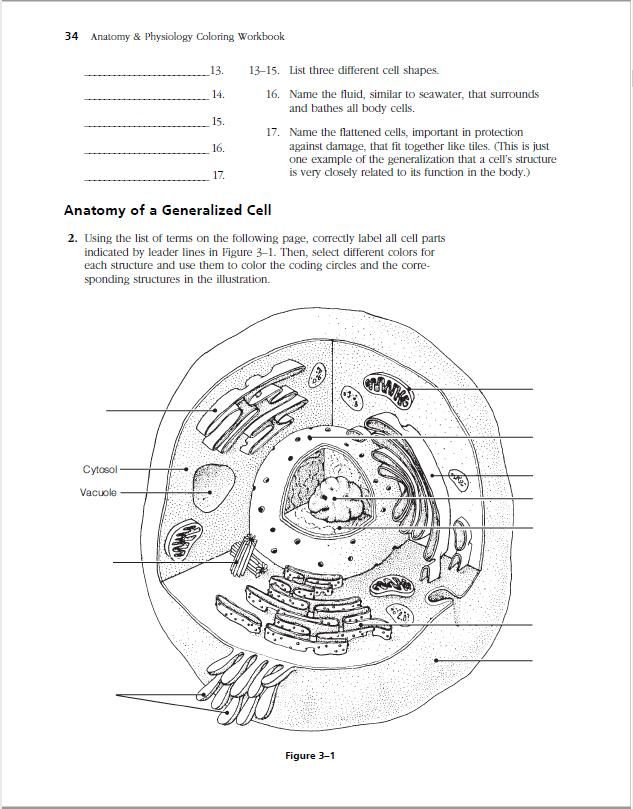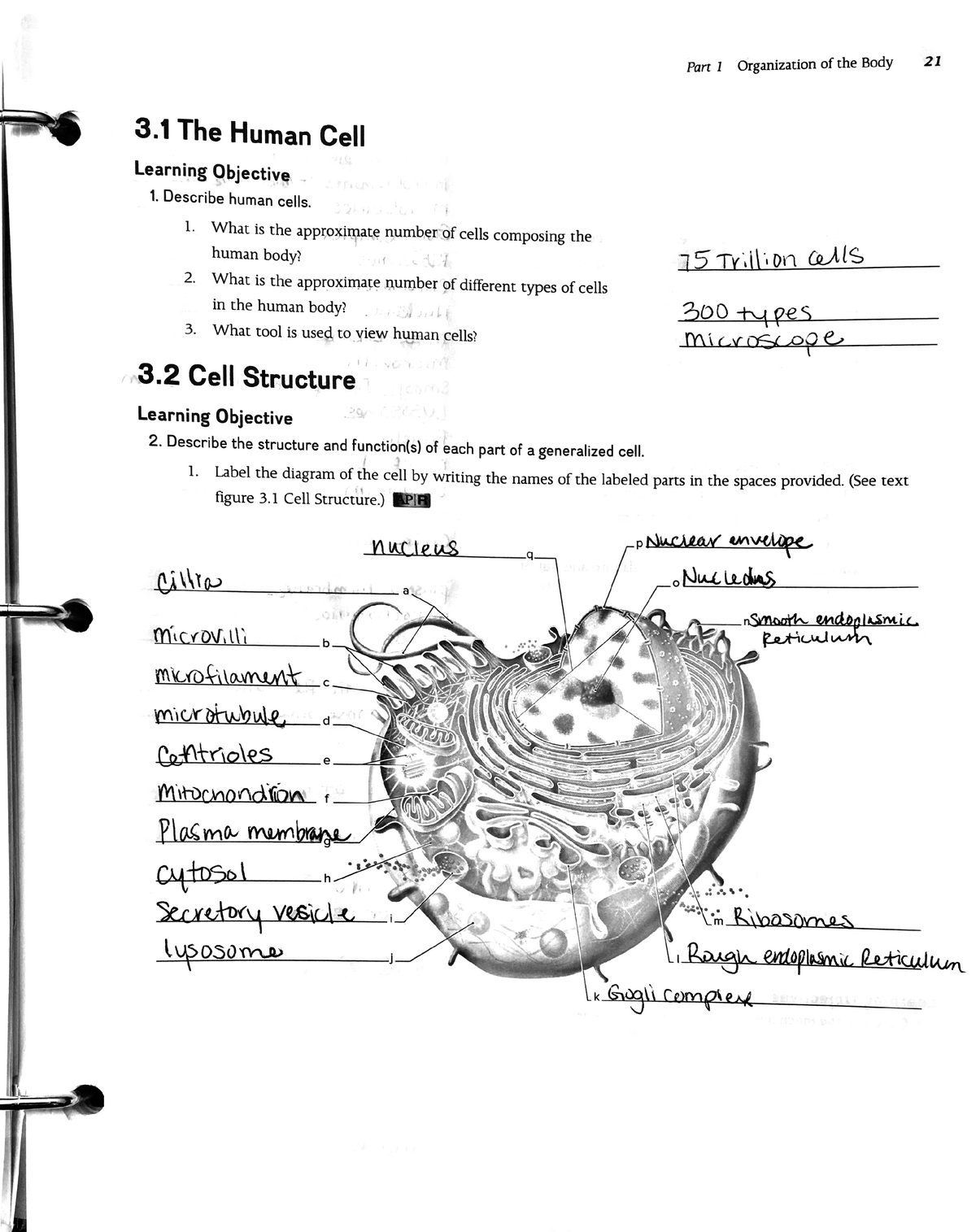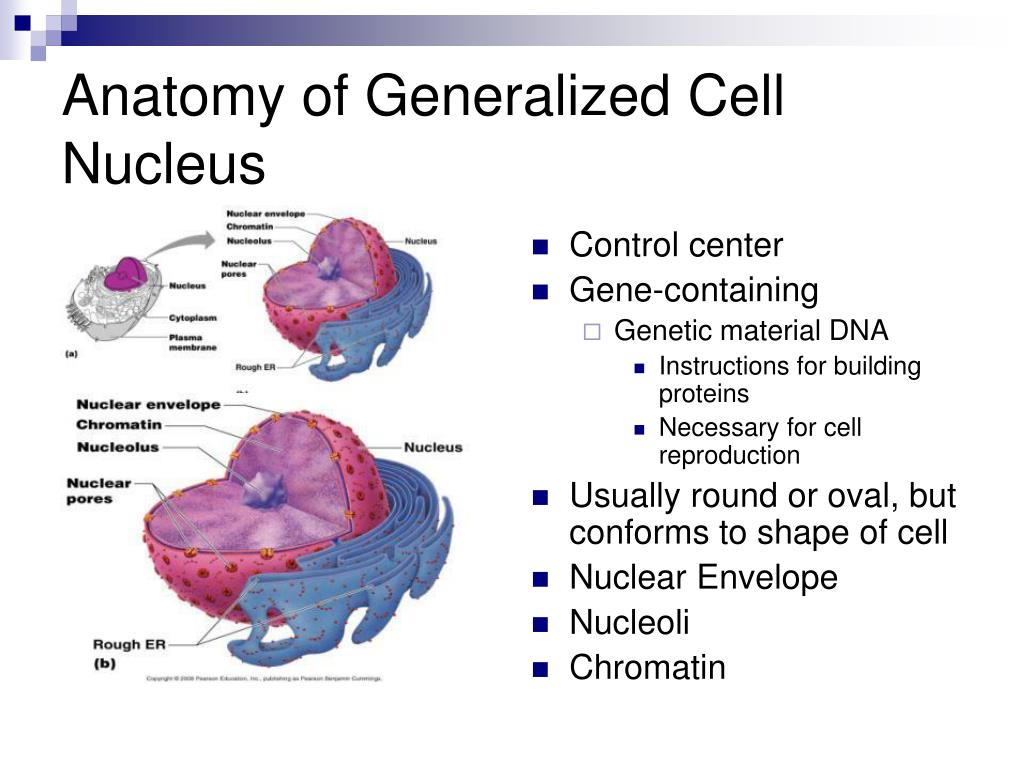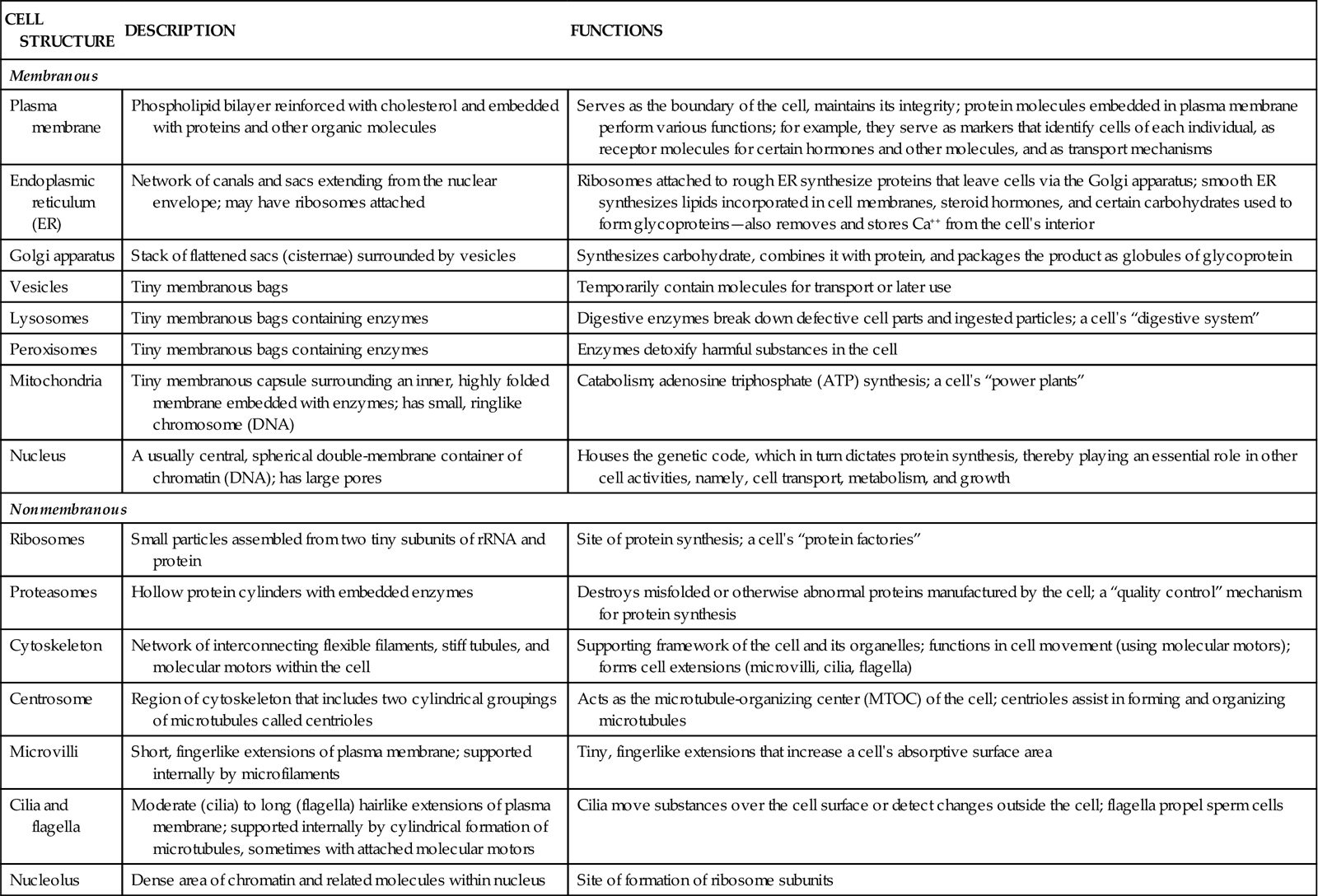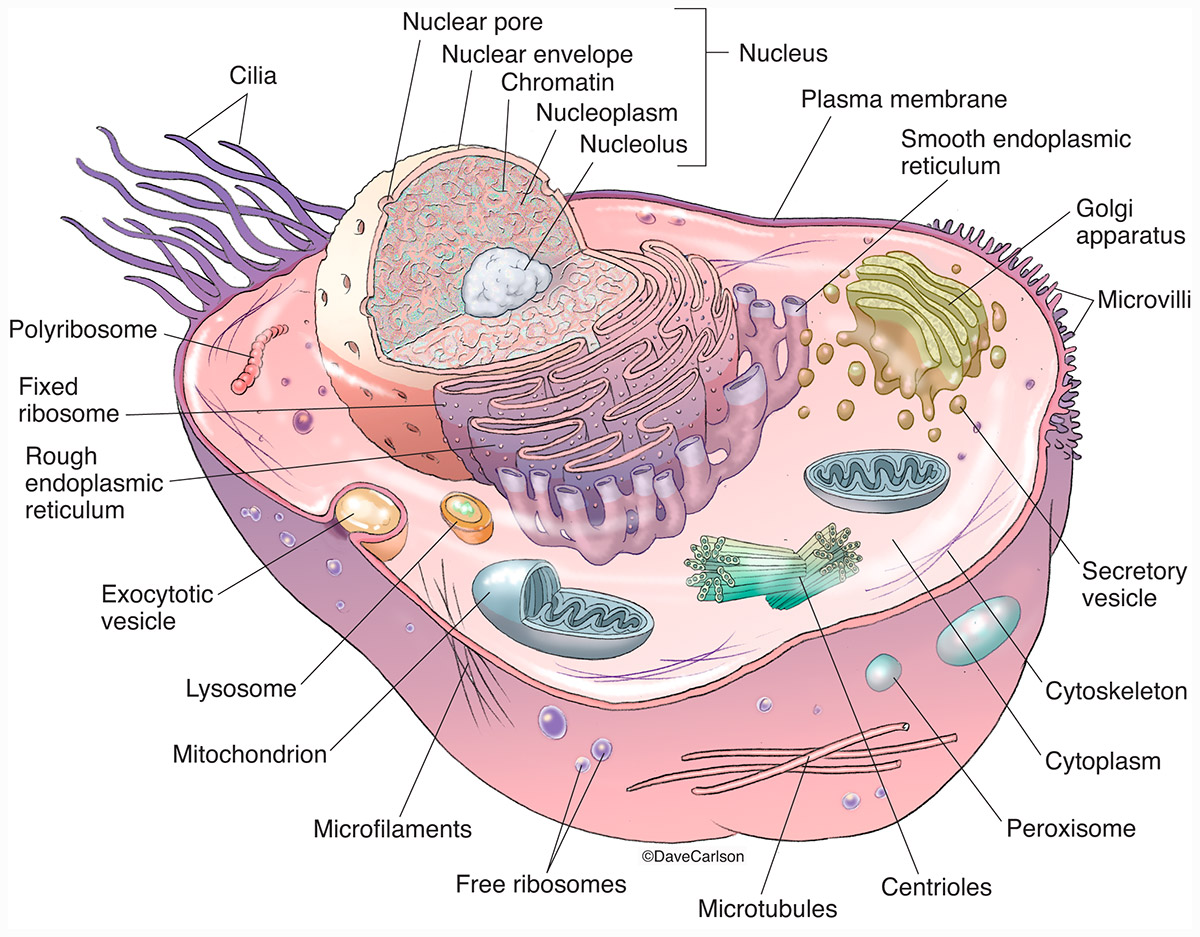Anatomy Of Generalized Cell
Anatomy Of Generalized Cell - Describe the general characteristics of each of the following cell types and relate their characteristics to their functions: Almost all human cells contain a nucleus where dna, the genetic material that ultimately controls all cell processes, is found. Get animal cell facts, including a labeled cell diagram, a list of organelles and their functions, and a summary of animal cell types. It is a porous membrane through which selected substances can enter or leave the cell. The main parts of a generalized cell are cell membrane, cytoplasm, and nucleus. The difference is simple and readily recognizable under light microscopy. There are two basic types of cells: It is the outer covering of a cell. Nerve cell, muscle cell, red blood cell (erythrocyte), and white blood cell (leukocyte). The nucleus is the largest cellular organelle, and the only one visible using a light microscope.
There are two basic types of cells: The difference is simple and readily recognizable under light microscopy. Almost all human cells contain a nucleus where dna, the genetic material that ultimately controls all cell processes, is found. Get animal cell facts, including a labeled cell diagram, a list of organelles and their functions, and a summary of animal cell types. It is a porous membrane through which selected substances can enter or leave the cell. It is the outer covering of a cell. The main parts of a generalized cell are cell membrane, cytoplasm, and nucleus. The nucleus is the largest cellular organelle, and the only one visible using a light microscope. Describe the general characteristics of each of the following cell types and relate their characteristics to their functions: Nerve cell, muscle cell, red blood cell (erythrocyte), and white blood cell (leukocyte).
The nucleus is the largest cellular organelle, and the only one visible using a light microscope. Get animal cell facts, including a labeled cell diagram, a list of organelles and their functions, and a summary of animal cell types. Nerve cell, muscle cell, red blood cell (erythrocyte), and white blood cell (leukocyte). There are two basic types of cells: Describe the general characteristics of each of the following cell types and relate their characteristics to their functions: It is the outer covering of a cell. It is a porous membrane through which selected substances can enter or leave the cell. The difference is simple and readily recognizable under light microscopy. The main parts of a generalized cell are cell membrane, cytoplasm, and nucleus. Almost all human cells contain a nucleus where dna, the genetic material that ultimately controls all cell processes, is found.
Anatomy Of A Generalized Cell Worksheet Anatomy Worksheets
There are two basic types of cells: Almost all human cells contain a nucleus where dna, the genetic material that ultimately controls all cell processes, is found. Get animal cell facts, including a labeled cell diagram, a list of organelles and their functions, and a summary of animal cell types. It is a porous membrane through which selected substances can.
Anatomy Of Generalized Cell Anatomical Charts & Posters
Nerve cell, muscle cell, red blood cell (erythrocyte), and white blood cell (leukocyte). Get animal cell facts, including a labeled cell diagram, a list of organelles and their functions, and a summary of animal cell types. The main parts of a generalized cell are cell membrane, cytoplasm, and nucleus. There are two basic types of cells: It is the outer.
Anatomy Of Generalized Cell
The main parts of a generalized cell are cell membrane, cytoplasm, and nucleus. Get animal cell facts, including a labeled cell diagram, a list of organelles and their functions, and a summary of animal cell types. The difference is simple and readily recognizable under light microscopy. It is the outer covering of a cell. Describe the general characteristics of each.
Anatomy Of Generalized Cell Anatomical Charts & Posters
The nucleus is the largest cellular organelle, and the only one visible using a light microscope. The main parts of a generalized cell are cell membrane, cytoplasm, and nucleus. There are two basic types of cells: Get animal cell facts, including a labeled cell diagram, a list of organelles and their functions, and a summary of animal cell types. Nerve.
Anatomy Of Generalized Cell
Describe the general characteristics of each of the following cell types and relate their characteristics to their functions: Get animal cell facts, including a labeled cell diagram, a list of organelles and their functions, and a summary of animal cell types. It is a porous membrane through which selected substances can enter or leave the cell. Nerve cell, muscle cell,.
Anatomy Of A Generalized Cell
The difference is simple and readily recognizable under light microscopy. There are two basic types of cells: The nucleus is the largest cellular organelle, and the only one visible using a light microscope. Describe the general characteristics of each of the following cell types and relate their characteristics to their functions: Get animal cell facts, including a labeled cell diagram,.
Anatomy Of A Generalized Cell Anatomy Book
It is the outer covering of a cell. The nucleus is the largest cellular organelle, and the only one visible using a light microscope. The main parts of a generalized cell are cell membrane, cytoplasm, and nucleus. There are two basic types of cells: It is a porous membrane through which selected substances can enter or leave the cell.
Anatomy Of A Generalized Cell Anatomy Book
It is a porous membrane through which selected substances can enter or leave the cell. There are two basic types of cells: The main parts of a generalized cell are cell membrane, cytoplasm, and nucleus. The nucleus is the largest cellular organelle, and the only one visible using a light microscope. Describe the general characteristics of each of the following.
Anatomy of a generalized cell Diagram Quizlet
It is the outer covering of a cell. The difference is simple and readily recognizable under light microscopy. Nerve cell, muscle cell, red blood cell (erythrocyte), and white blood cell (leukocyte). It is a porous membrane through which selected substances can enter or leave the cell. Describe the general characteristics of each of the following cell types and relate their.
The Generalized Cell Diagram Quizlet
The main parts of a generalized cell are cell membrane, cytoplasm, and nucleus. It is a porous membrane through which selected substances can enter or leave the cell. The difference is simple and readily recognizable under light microscopy. It is the outer covering of a cell. Get animal cell facts, including a labeled cell diagram, a list of organelles and.
The Nucleus Is The Largest Cellular Organelle, And The Only One Visible Using A Light Microscope.
Get animal cell facts, including a labeled cell diagram, a list of organelles and their functions, and a summary of animal cell types. The difference is simple and readily recognizable under light microscopy. Almost all human cells contain a nucleus where dna, the genetic material that ultimately controls all cell processes, is found. It is the outer covering of a cell.
Nerve Cell, Muscle Cell, Red Blood Cell (Erythrocyte), And White Blood Cell (Leukocyte).
It is a porous membrane through which selected substances can enter or leave the cell. The main parts of a generalized cell are cell membrane, cytoplasm, and nucleus. There are two basic types of cells: Describe the general characteristics of each of the following cell types and relate their characteristics to their functions:
